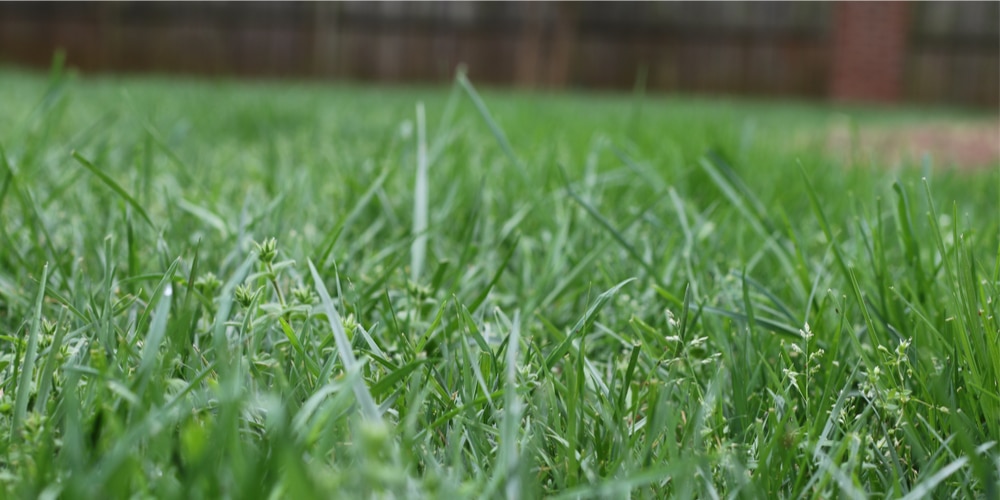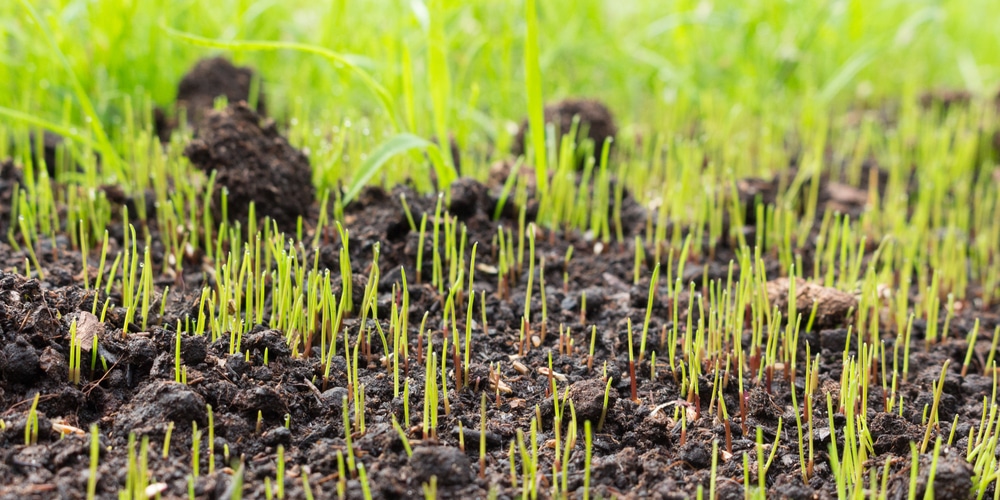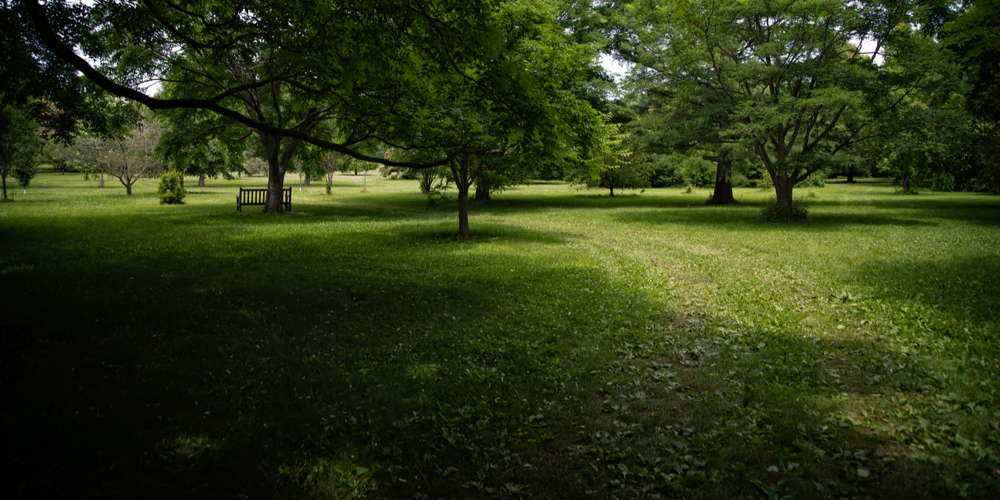Maintaining a lawn is time-consuming and takes lots of effort. From frequent watering to weekly mowing, you’ll need to pay close attention to your grass to keep it healthy and lush at all times. Of course, you can choose types of lawns that are easier to grow. But sometimes large sections of yards may be overshadowed by trees or buildings. If you’re wondering,’Will Fescue Grow in Shade?’ read on.
However, low-maintenance grass doesn’t mean “no maintenance.” You will still have to provide it with all it needs to survive. All plants, including grasses, need sunlight, water, nutrients, and oxygen to survive and thrive. But not all require them in the same amounts.
One of the worst things about having lawns (besides the hassle of watering and weed control) is dealing with bare patches. None likes to see an uneven garden with ugly spots without grass on them.
You’ll know the feeling once you try (and fail) to grow grass in sun-deprived areas. And it makes sense: without sunlight, plants can’t do photosynthesis. As a consequence, they won’t grow. Luckily, you can find types of grasses that won’t mind shady areas. And fescue is one of them.
Among all the different types of grasses, fescue is one of the hardiest and easier to grow, especially if you live in a hardiness zone between 5 and 7. This lawn has a high tolerance to shade and adapt to various soil conditions. To discover more about fescue grass and how to grow it in the shade, read on!
Will Fescue Grow in Shade?
Let’s get things straight. Fescue comes in different varieties (more than 200), and all have slightly different growing requirements. Among them, some have a higher tolerance to shade than others.
If you need something that will withstand sunlight-deprived conditions, consider getting fine, tall, red, or Chewings fescue. In general, fescues have deep roots that allow them to thrive with even just a few hours of indirect light. So, you shouldn’t have any issues with growing this type of lawn.
Still, you’ll benefit from following our recommendations. Jump to the next section to learn how to grow grass in the shade. You’ll get our tips to make the most out of your garden, even in not-so-optimal conditions.
How to Grow Your Grass in the Shade
As we mentioned, not all grasses have the same reaction to sun-deprived conditions. Even those that tolerate shade the most need at least a couple of hours of sunlight per day to thrive. Chances are, even your shady areas will get at least some sun during the day. If you have trees around your property, don’t forget to remove the lower branches to raise the canopy, allowing more light to filter.
Also, to keep your lawn healthy, you must manage mowing in shady spots. Leave your grass taller in areas that don’t receive much sunlight to increase its absorption of nutrients and, thus, ensure photosynthesis keeps occurring. Also, longer blades will be more resistant to stress and fungal infections. While that doesn’t mean you have to keep your lawn large, you shouldn’t cut it more than three inches long.
Plus, adjust your watering: grass in shady areas stays moister than other parts of the lawn subject to full direct sun. Water those zones in your garden less to prevent them from getting soggy and be more prone to pests attacks and other diseases such as brown patches, slimy spots, or pesky crops.
Fertilizing is necessary to get healthy lawns. However, areas that don’t receive much sunlight require less nitrogen and more potassium to thrive. Make sure you accordingly apply fertilizer in your garden.
Because lawns in shady areas tend to be weaker, ensure you minimize the foot traffic and other kinds of stress to your grass. If you have kids playing, have them move to a different spot in the garden. Avoid weakening your grass blades with chair dragging in those areas too. Consider overseeding your lawn in the fall to keep your grass thick and lush even where it might be weaker.
Will Fescue Grow in Shade?: The Bottom Line
Fescue is one of the best grasses to grow in the shady areas of your garden. If you live in a warm region, you can use a mix of a warm-season type of grass with fescue to increase your chances of success.
Don’t forget that saying grass will survive even in low-light conditions doesn’t mean it will thrive. Put our recommendations into practice to get satisfactory results with your lawn, even where the sun doesn’t hit so strongly.
Related Article: When’s the Best Time of Year to Plant Fescue?


